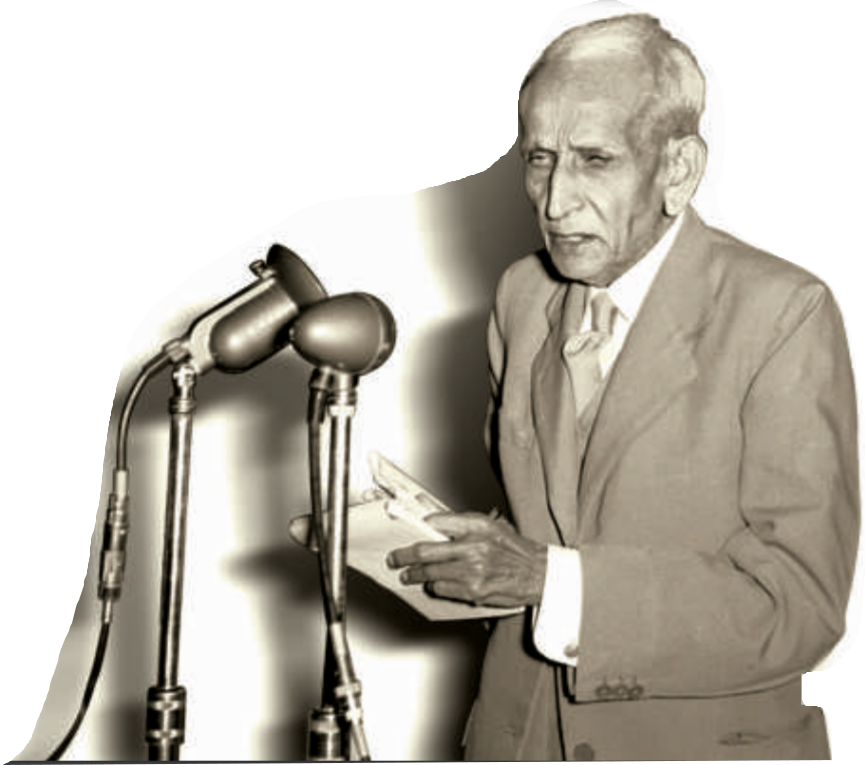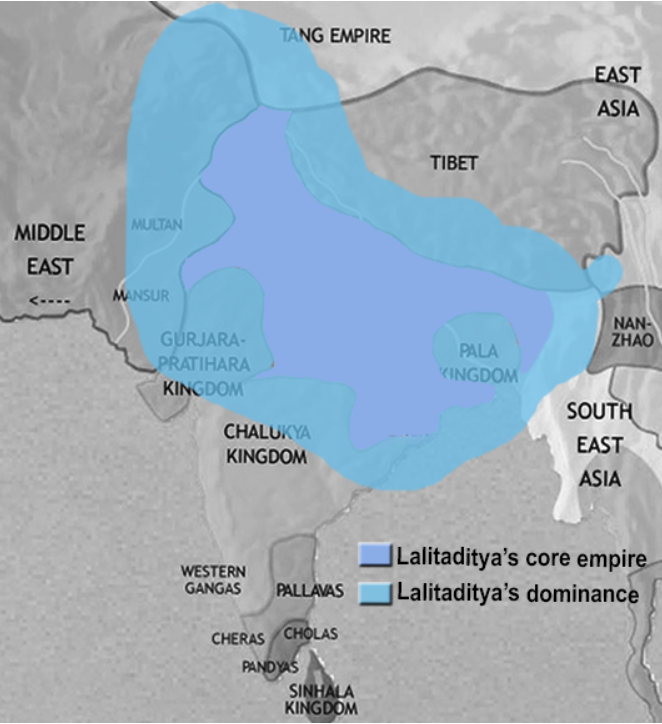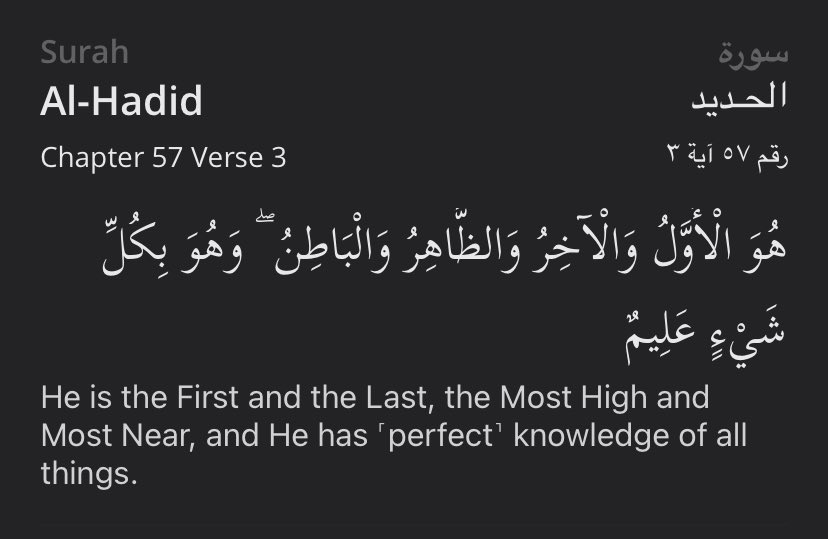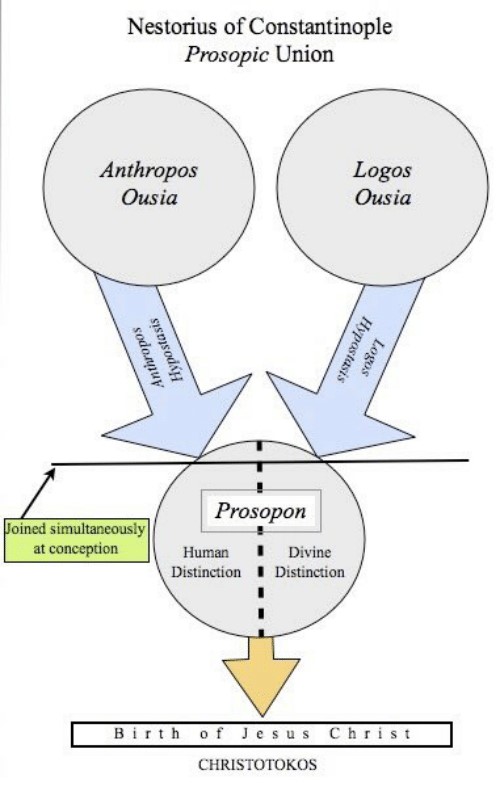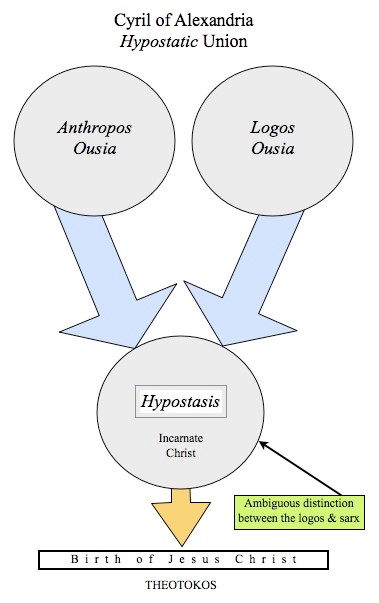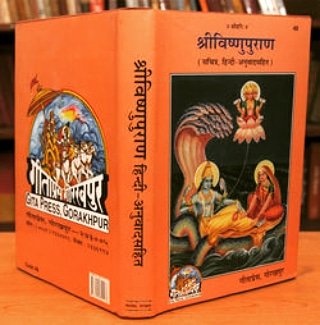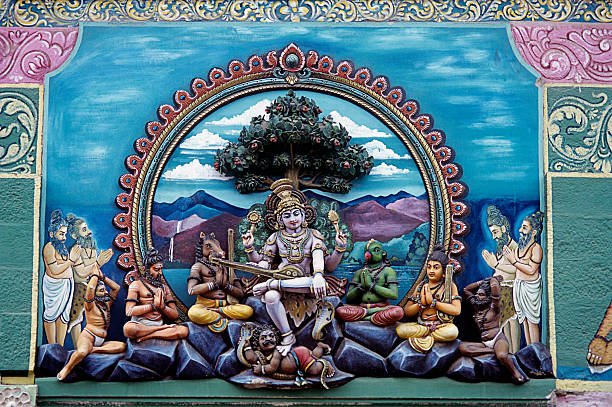Yajna is elaborately described in Yajurveda. In Yajurveda, Yajna is the greatest among all works (Karman). One can purify his /her soul by performing Yajna.
THE SCIENCE BEHIND YAJNA
Fire is, of course, one of the greatest discovery of mankind. Our control over the fire dramatically changed the entire human habits; earlier it was used to cook food, protection from animals and to stay warm.
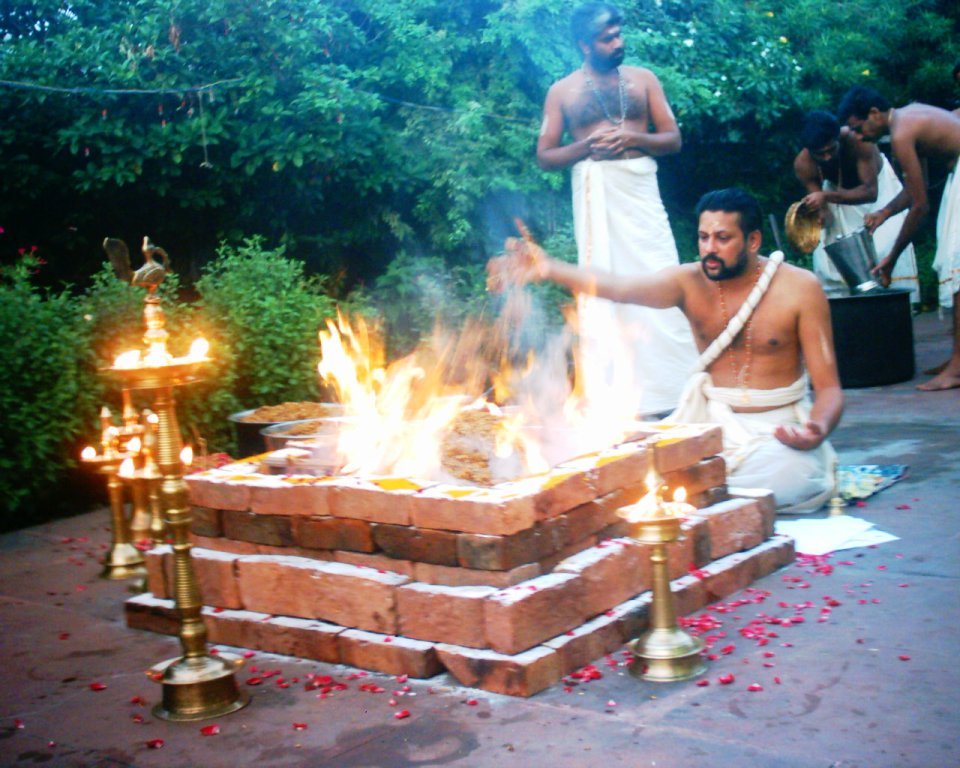
Yajna is elaborately described in Yajurveda. In Yajurveda, Yajna is the greatest among all works (Karman). One can purify his /her soul by performing Yajna.
As we said; Yajna is the contact medium for gods and
There are many types of Yajna performed by Hindus for e.g.,
1. Rajsuya Yajna
2. Ashwamedha Yajna
3. Chaaturmasya Yajna
4. Vaajpey Yajna
5. Purushmedha Yajna
6. Sarvamedha Yajna
Scientific overview of Yajna
We all know that the energy can neither be produced nor be destroyed but it can be transformed into one form to another form.
The aroma of Yajna– it can be sensed from a significant distance because of heat in Yajna helps in the diffusion of vaporized particles into our surroundings.
Environmental purification- scientists proved that the place where Yajna is performed regularly, physical ailments, sickness, and diseases occur
Sanskrit- all the words from Sanskrit contain some sort of vibrations and set a harmonious pattern to the sound wave constitute a great amount of energy. For example, chanting Gayatri Mantra can produce more than 10000 sound waves per second.
Yajna teaches us 3 important things which are very practical in daily life
The habit of donation– “इदं न मम” (idam na mama) simply means is “it is not mine”. At the end of all offerings, the words are chanted as idam na mama. This teaches a man is that nothing
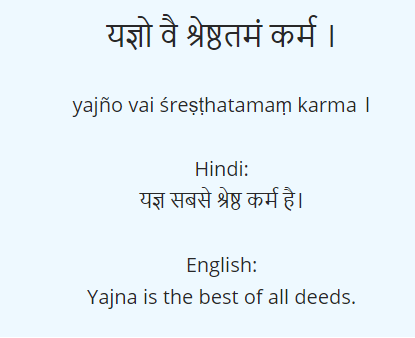
The notorious nature of life– the end for everyone is the same; no matter who you are or what you have, at the end of your life, you will not be more than a handful of ashes. Yajna reminds us that no matter how high or how hot the


